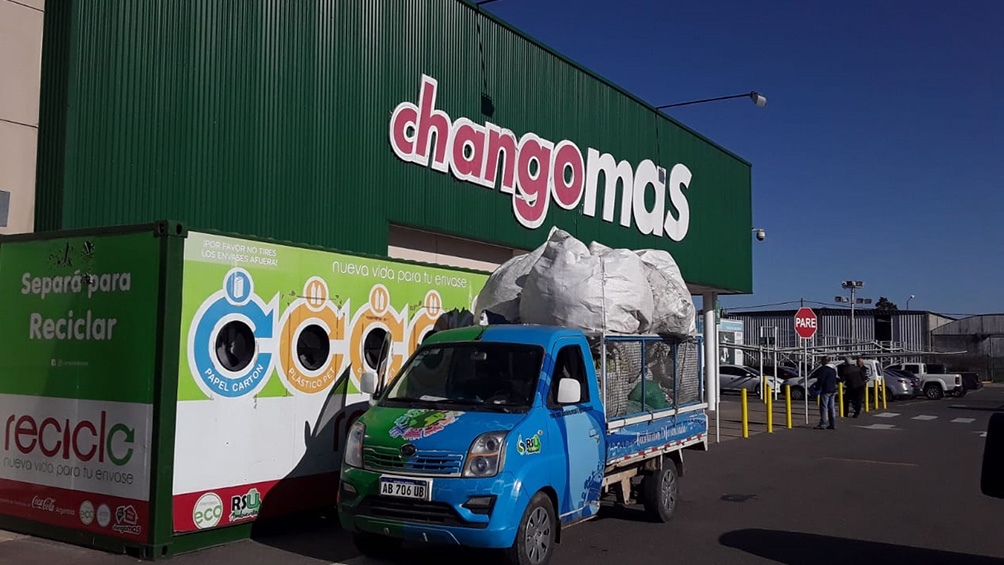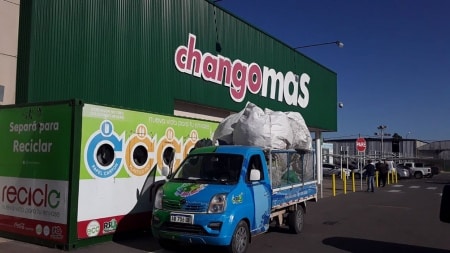
We are the generation that can change the course of the planet. We are living a crucial moment in the history of humanity, a turning point, where our individual and collective actions will determine the future, for us and for future generations.
Climate change, biodiversity loss, drought and widespread pollution seem like too big a problem and we often feel we can’t do anything about it. But with a few small actions, we can make a huge impact.
With a simple shift in perspective, we can reduce pollution, water use, energy use, and greenhouse gas (GHG) emissions. The secret is to stop seeing waste as “garbage” to see it as the valuable resource that it is.
It is about the famous recycling. Acquiring the habit of separating waste in our homes, the office and spreading the habit to the rest of the spaces where we move, we optimize resources, taking care not only of nature, but also of the health and well-being of people.
When we deposit that bottle, tray or napkin in the green bin, we fail to perceive the positive impact that we are generating. For every ton of recycled paper, 28,000 liters of water are saved. For each ton of aluminum, 91,200 liters. By recycling plastic we can save up to 89% energy and emit up to 67% less GHG emissions.
It is not necessary to become an expert on the subject from one day to the next, it is worth making mistakes. In fact, even sustainability professionals are still learning. With each passing day, new ideas and technologies arise around the recovery of waste, which are going to make management easier for individuals, and also for companies. Meanwhile, separating recyclables at home doesn’t sound so complicated. Some tips to get started:
* It is not necessary to have 5 different bins, with one for recyclables (paper, cardboard, plastics, metals and glass) and one for general garbage (organic waste and dirty or wet containers).
* Clean and dry. This requirement is not a whim. Let’s think that the plastic bag where we put our waste is closed and it takes a few days until that waste is classified, and if it is contaminated, many of it cannot be recycled. Let’s also keep in mind that they are separated manually in a sorting center, so there are people who work with their own hands behind this process. The paper and cardboard must be strictly clean and dry, while the rest may have some crumbs, as long as it does not contaminate the paper and cardboard.
* Hazardous waste such as syringes, mercury thermometers and batteries do not go with recyclables. They require “special” management and must be taken to specific reception centers for this type of waste, designated by each municipality.
* Plastics are usually a problem, since there are many types of resins that make them up. What you have to do is look for the recycling symbol, that triangle formed by three dates, and see what number is inside. If we find a number from 1 to 6, we separate it with the recyclables. If it has a number 7, the word other, or says nothing, it is unfortunately not recycled. A viable alternative, in many cases, is the eco-bottle or love bottle, which admits many of the number 7 plastics.
The role of each one of us is fundamental. We have the power to build a more sustainable future just by changing our perspective, removing the word garbage from our dictionary and putting on reuse and recycling glasses to see the world. It is never too late to become an active part of this story of change.
Maite Durietz has a degree in environmental management, a specialist in sustainability.
The opinions expressed are the sole responsibility of the author/author and do not necessarily represent the position of the agency.


